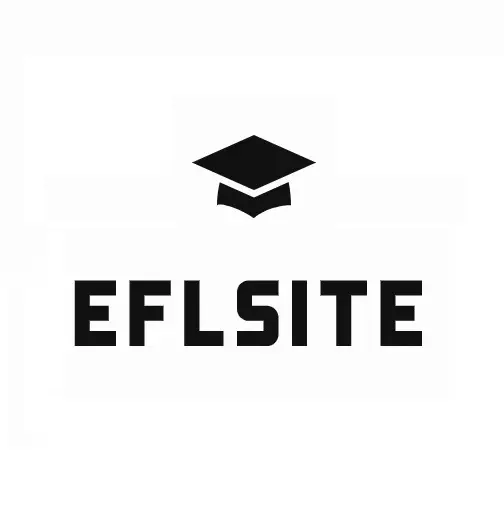
About Course
Course Type:
Self-paced | Intermediate–Advanced | Teacher Professional Development
Course Overview:
This course is designed for language educators, teacher trainers, and curriculum developers who want to deepen their understanding of assessment in language teaching. Based on the comprehensive handbook Assessment in Language Teaching: Theories and Practice, the course combines academic theory with practical classroom applications.
Through 10 rich and engaging modules, participants will explore foundational concepts of language testing, discover how to assess all four language skills, design effective tools, integrate technology, and apply ethical principles. The course includes expert-curated videos, quizzes, infographics, real classroom cases, downloadable templates, and interactive forums.
🎯 What You’ll Learn
By the end of this course, participants will be able to:
Understand different purposes and types of language assessments
Apply core principles such as validity, reliability, and washback
Design rubrics, quizzes, and classroom-based assessments
Assess speaking, writing, listening, and reading effectively
Use technology and AI tools to enhance assessment
Provide constructive feedback and report student progress
Ensure ethical and inclusive practices in testing
Integrate assessment seamlessly into daily teaching
👩🏫 Target Audience
English Language Teachers (Primary to Higher Ed)
Teacher Trainers and Mentors
Language Program Coordinators
MA TESOL or TEFL certificate candidates
Anyone interested in practical and ethical language assessment
📦 Course Format
10 Modules
Video lectures & Infographics
Downloadable reading packs & rubrics
Quizzes, polls & reflections
Peer and self-assessment tasks
Final assignment (designing your own classroom assessment plan)
Certificate of Completion
🧩 Bonus Materials
Editable rubrics and checklists
Printable observation forms
Portfolio and self-assessment templates
Access to curated YouTube playlist
Course Content
Module 1: Introduction to Language Assessment
-
1.1 What is Language Assessment?
-
1.2 Why Do We Assess?
-
1.3 Types of Language Assessment
-
1.4 Traditional vs. Alternative Assessment
-
1.5 How Assessment Has Changed Over Time
-
1.6 What is the Teacher’s Role in Assessment?
-
1.7 Summary: Key Takeaways
-
1.8 Further Study and Free Resources
-
References
Module 2: Theoretical Foundations of Language Assessment
Module 3: Principles of Good Assessment
Module 4: Assessing the Four Skills – Listening, Speaking, Reading, and Writing
Module 5: Alternative Assessment Methods
Module 6: Designing Assessment Tools
Module 7: Using Technology in Assessment
Chapter 8: Feedback and Reporting
Chapter 9: Ethics and Fairness in Assessment
Module 10: Classroom Assessment in Practice
Student Ratings & Reviews

